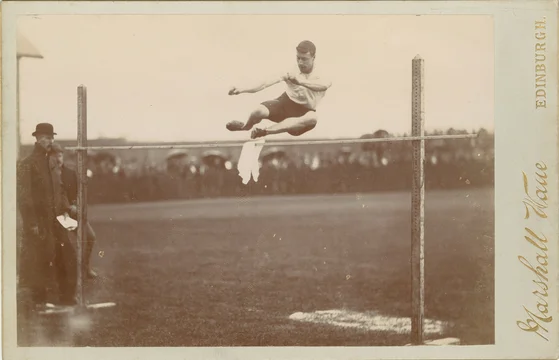
We wrote back in February of an uncommon Daubert opinion from Judge Andrews where he asked for a hearing with testimony from the expert, and for an additional round of briefing on Daubert.
Judge Andrews' concerns stemmed from an apparent lack of apportionment in the damages analysis—something that often trips up damages experts:
No one would sell the [accused] product without its numerous necessary parts. But it does not follow that the value of each necessary part is the same as the value of the whole. And yet that is what it appears that Dr. Mangum is doing.
After hearing testimony from the expert, however, Judge Andrews today issued an opinion finding that is not what the expert was doing, and that the expert's reasonable royalty analysis actually did apportion appropriately:
Dr. Mangum’s reasonable royalty opinion follows the “analytical approach/method” described by the Federal Circuit in TWM Mfg. Co. v. Dura Corp., 789 F.2d 895, 899 (Fed. Cir. 1986) and Lucent Techs., Inc. v. Gateway, Inc., 580 F.3d 1301, 1324 (Fed. Cir. 2009). Under this method, the patentee may be awarded the difference between an infringer’s net profit from infringing sales and the infringer’s usual net profit absent the infringement. TWM, 789 F. 2d at 899.
In this case, Dr. Mangum opines that Sprint should be awarded the profit difference between the infringing VoIP telephony and the legacy circuit-switched network. By giving Sprint 100% of the difference, Defendants argue that Dr. Mangum “effectively creates a 100% rule of thumb far more problematic than the 25% rule of thumb rejected by the Federal Circuit in Uniloc, 632 F. 3d at 1312-15.” (D.I. 248 at 16 (citing Uniloc USA, Inc. v. Microsoft Corp., 632 F.3d 1292 (Fed. Cir. 2011))).
When I first considered Defendants’ Daubert, I was concerned that Dr. Mangum’s methodology captured profits attributable to non-patented features of VoIP telephony such as IP-to-IP calls. Upon further consideration, I think Dr. Mangum has considered apportionment and sufficiently grounded his opinion in the facts of this case. . . .
Judge Andrews found the expert's argument persuasive that some of the alleged technical differences simply weren't relevant, because they did not involve fees or weren't actual differences.
In short, the Court approved of an apportionment method where the plaintiff "should be awarded [100% of] the profit difference between the infringing [technology] and the legacy [technology]," based on a comparison of profits that accounted for unpatented features (in part by looking at profit shortly before and shortly after the infringing feature was released).
If you enjoyed this post, consider subscribing to receive free e-mail updates about new posts.




